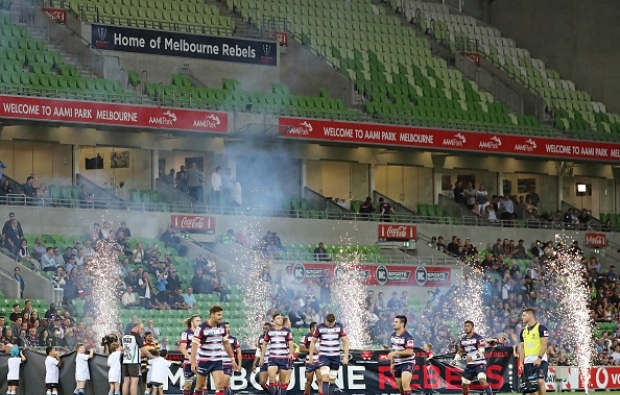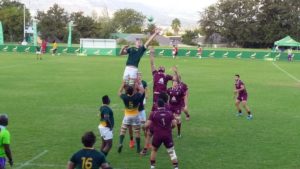The decision to reduce the number of Super Rugby teams from 18 to 15 is absolutely necessary for the competition’s survival, writes JON CARDINELLI.
Declining television viewership. Poor stadium attendance. General apathy towards a club tournament that is no longer the golden standard of the global game.
Super Rugby is dying a slow death, and Sanzaar is finally waking up to the fact that change is needed sooner, rather than later. The SA Rugby meeting on 6 April should provide some clarity on the future of the tournament and its structure.
Three teams are set to be cut as Sanzaar reverts to a 15-side competition in 2018. The Cheetahs and Southern Kings from South Africa, as well as the Western Force from Australia are reportedly in the firing line.
Whether these three teams deserve to be cut while other battling outfits are retained, is bound to be a point of fierce debate. While the inclusion of the Sunwolves has allowed Sanzaar to move into the Japanese market, the team has lost 18 of its 20 matches to date. The Melbourne Rebels have lost all five of their matches this season and, like the Force, have never qualified for the playoffs.
The Free State Rugby Union has been responsible for developing some of the best South African rugby players over the years. Many of the black players competing in Super Rugby teams across the country hail from the Eastern Cape.
While it’s clear that these two regions are crucial in terms of talent development, neither the Cheetahs nor the Kings could be accused of adding value to a club tournament that’s striving to be the best in professional rugby. The Cheetahs have one playoff appearance to their names, while the Kings finished at the foot of the combined log in 2013 and in 17th place last year.
There should continue to be an investment in Free State rugby. SA Rugby needs to do more to tap the black talent in the Eastern Cape, and ultimately help the Super Rugby teams and Springboks realise their lofty transformation targets. But do the Cheetahs and Kings deserve to continue as Super Rugby entities?
Less has always been more where Super Rugby has been concerned. The strongest version of the tournament was the 12-side competition that ran from 1996 to 2005.
An increase in teams has led to a decrease in standards. It’s one of the reasons that fans have begun to lose interest. There are too many meaningless games on the go, and there are too many mediocre teams on show.
The format has caused more problems than its solved. When the four-conference structure was first mooted in 2014, many in the media and public pointed out the lack of integrity in a schedule that sees only half of the South African teams playing New Zealand sides during the regular season.
The convoluted nature of the format and the requirements for qualification are also big issues. Even now, six rounds into the second year of the new format, few people understand how it all works, and even fewer have the time to check four or five logs to obtain a clear idea of where their team stands.
Sanzaar has argued that this format is necessary, given that 18 teams are competing in a time frame of 21 weeks. Yet, what has been made absolutely clear – through the declining viewership and shocking stadium attendance – is that fans no longer consider this tournament to be worthy of its ‘Super’ moniker.
Reports in Australia suggest there will be a strike if one of the country’s Super Rugby teams is culled. The Cheetahs, through their president Harold Verster, have refused to entertain the idea that the franchise is on the way out. Advocates for the Kings have stressed the need to retain the battling side on the grounds of developing black players and realising national transformation goals.
It’s possible that the status quo will remain until the current broadcast deal expires in 2020. That would allow each of the existing franchises to stay in the top flight. However, that decision may be exposed as flawed when, come 2020, the Super Rugby tournament has plunged to new depths in terms of playing standards and viewer interest.
Super Rugby needs to reduce the number of teams competing in the tournament if it hopes to survive. Indeed, more than three teams may need to be culled if the tournament is to raise standards and interest, and ultimately regain the global relevance it once boasted between 1996 and 2005.
The alternative is for Sanzaar to disband after 2020. There may come a time when all relevant parties are forced to admit that the Super Rugby and Rugby Championship tournaments have run their course, and for SA Rugby to consider a new merger in the northern hemisphere.
One thing is for certain, though, an 18-team Super Rugby tournament has no future.
Photo: Scott Barbour/Getty Images





